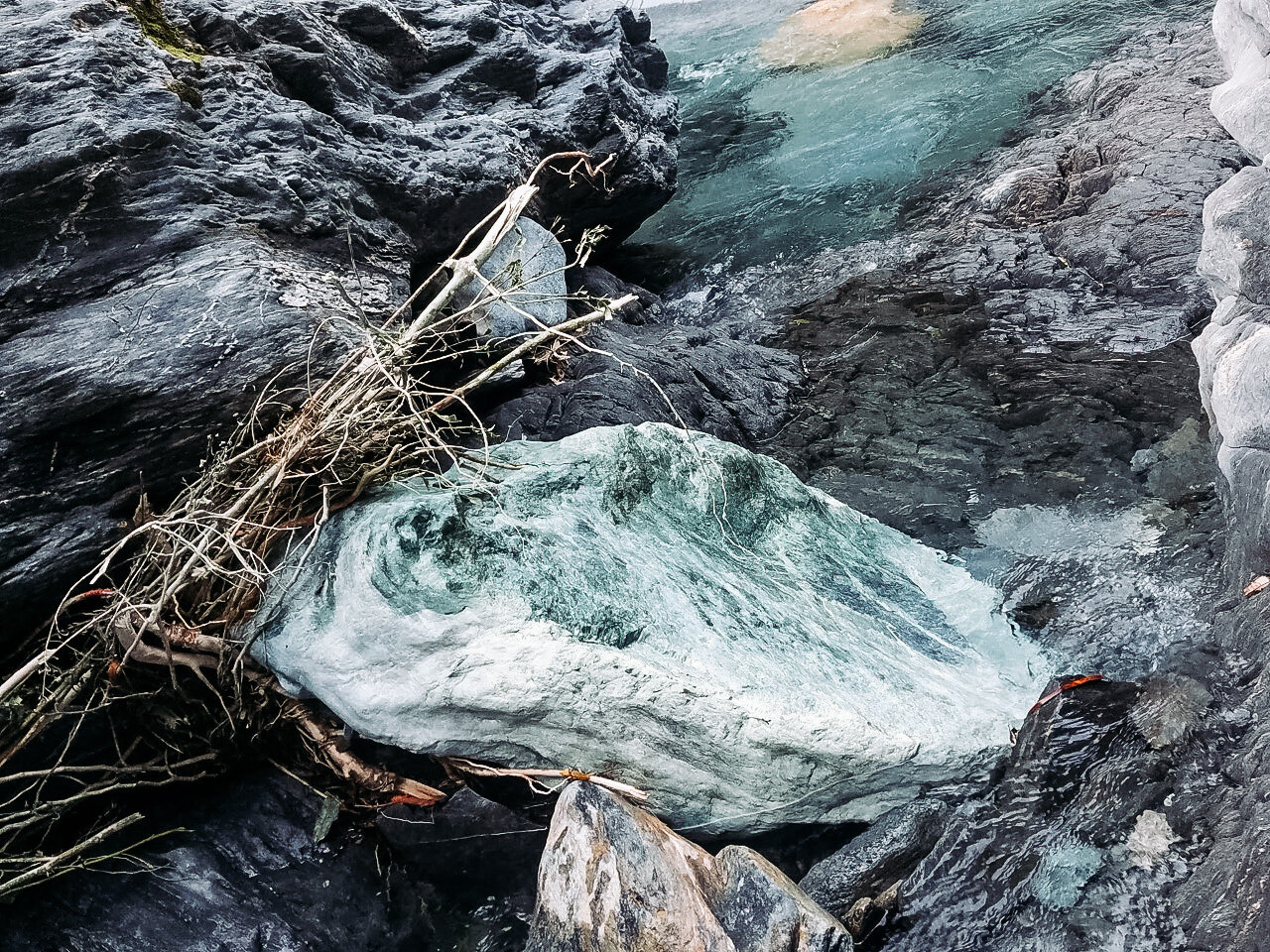
New Zealand Pounamu
New Zealand pounamu is as rich in its colours as it is in its oral history that tell of its origin.
New Zealand Pounamu
New Zealand pounamu is as rich in its colours as it is in its oral history that tell of its origin. One such tradition tells of the ancestor Poutini.
Te Ara ā Poutini (the path of Poutini) begin at Tuhua (Mayor island) where Poutini falls in love with the beauty of Waitaiki, Poutini decides to capture her to take to his home Te Tai Poutini,
The West Coast of the South Island. Waitaiki’s husband Tamaāhua pursued them throughout the central North Island, all the way to The Milford sounds then back to the Arahura river. It is here Poutini feared his capture so he laid Waitaiki to rest in the Arahua, becoming the embodiment of pounamu.
This narrative links all the ancient stone quarries Valued by the Māori. Today the guardians of the pounamu are Kāti mahaki, Makaawhio, Kāti Mamoe and Ngāti Waewae.
Types of Pounamu
Inanga: Named after the native ‘inanga’ fish because of its grey-blue pale green hues, one of the most prized variety by Māori.
Kawakawa: Rich to dark green with black spot and inclusions named after the Kawakawa plant.
Kahurangi: Bright green with no inclusions in it, means ‘Treasure’ in English, highly prized.
Kōkopu: Named after the native kōkopu fish, colour range from yellows to pale brown tones with black and brown spot, common name ‘trout pounamu’.
Kahotea: Named after the flowering white seeds of the Toetoe, pounamu with a white skin.
Raukaraka: Named after the process when the leaf changes from green to a yellow hue.
Manaia
The Manaia is a form that represents the balance and the connector between the spiritual and physical realms, it is a protector and guardian of one’s entire being.
Roimata/Teardrop
In the creation story of pounamu the roimata represents the tears Tamaahua shed for his wife Waitaiki after she was turned to pounamu by Poutini, it is a symbol of the love between two people.
Hei Matau
The hei matau is based on a functional form which over time became more symbolic, it takes on the meaning of strength prosperity and abundance. The hei matau is a form that acknowledges a provider, the ability to create a haven for friends and family.
Toki
The toki form derives from the adze blade of the “Tokipoutangata” it is a form that is an acknowledgement of authority.
Koru
The koru is a design developed from nature, the fern starts as a tight spiral growing and revealing the koru form. The koru is a symbol of growth and development.
Pekapeka
A form that some say is based on the native bat, some say a nocturnal bird that flew so quickly it looked like it had two heads.The pekapeka is a very old form that has a connection to Te Po the night. The role of the pekapeka was a kaitiaki guardian protector in the realm of Te Po.
Hei Tiki
There are many oral traditions around the hei tiki form which can vary from tribe to tribe. Some say it is representational of the first man, some say it is a symbol of fertility, there are plenty more but the main link the hei tiki acknowledges whakapapa, genealogy, connecting the past to the present.

Kia ūhia koe ki ngā rākai a ōku tūpuna
Drape yourself in the adornments of our ancestors







